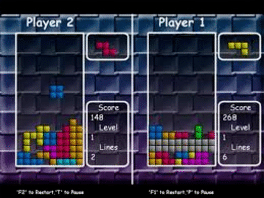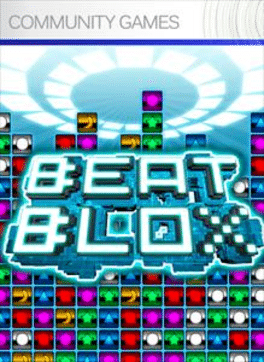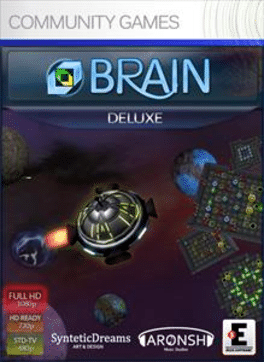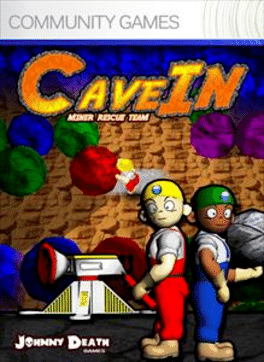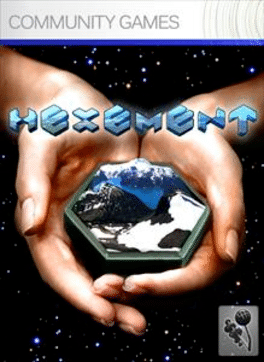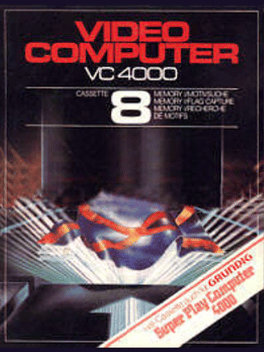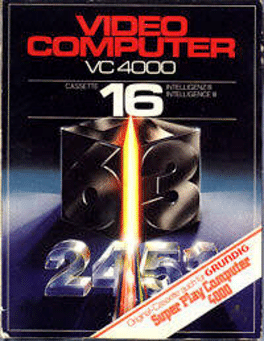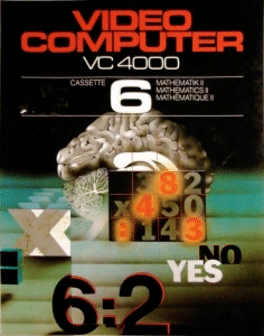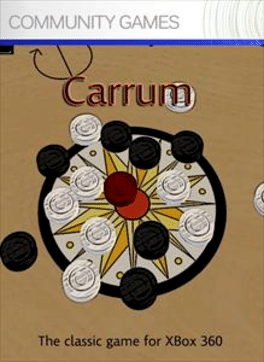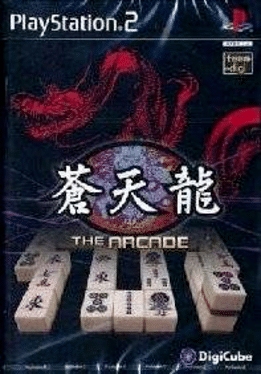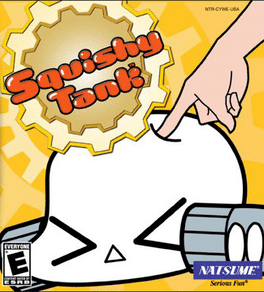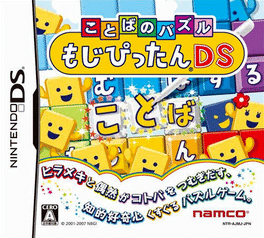Most Popular Ps3 Games - Page 355
-
Arraynium
2017
Arraynium
2017
Arraynium is one of the new puzzle brain challenge, match games that everyone should try out. One thing we guarantee is that you’ll always want to do better even on the levels you’ve already passed. It’s the challenging and interesting nature of this lovely puzzle game that will urge to do that. -
Brain Deluxe
Brain Deluxe is an addictive game for all the family. Push your brain to the limit by completing all the puzzles of each level to advance through the game. With more than 160 levels of multiple difficulties the fun is guaranteed. -
Fishbowl
2009
-
Memory I
1979
Memory I
1979
This cartridge contains 16 game variations for one or two players. Each program calls for concentration and retentive powers. In the first group of programs, a paper chase is held across the screen: players have to locate a concealed flag and are given frequent hints in the course of their search. In the second group, various symbols are concealed on the screen in pairs, and these too have to be located in the memory card game. -
Codebreaker
1979
Codebreaker
1979
The computer selects a four digit number at random, which is unknown to the player. The secret code is broken by trial and error and by reasoning. 16 programs for one or two players. -
Mathematik II
1979
Mathematik II
1979
Like Mathematics I, 1 or 2 players can tackle addition and subtraction of various standards. But this cartridge will go further and take on multiplication and division too. -
Paradise Quest
Description: Deep within the Galapagos archipelago, drastic climate changes have adversely affected the majestic island of Isabela. Play as renowned Ecologist Dr. Evan Finch to re-establish life in this once magnificent and flourishing retreat. Embark on a wild puzzle adventure as you revive lush vegetation, restore a mighty animal kingdom, photograph its renewal and recover the secrets of a lost island in Paradise Quest. Paradise Quest revolutionizes the ever-popular Match 3 genre adding an exciting t -
Catistry
2014
Catistry
2014
Manipulate a cube of cubes in 3 dimensions and match identical cubes to make them disappear! Whether by yourself or with friends and family, Catistry is guaranteed to deliver hours of relaxing feline fun! -
Zooistry
2017
Zooistry
2017
Manipulate a cube of cubes in 3 dimensions and match identical cubes to make them disappear! Whether by yourself or with friends and family, Zooistry is guaranteed to deliver hours of relaxing fun! -
Little Alchemy 2
2017
Little Alchemy 2
2017
Little Alchemy, the crafting game enjoyed by millions of players, is back with more items, fresh, new art style and charming music! Mix items and create the world from scratch! Discover exciting items accompanied by funny descriptions and lose yourself exploring the huge, new library! -
Squishy Tank
2008
Squishy Tank
2008
Squishy Tank is a quick paced tile-based puzzle game. The tanks are put through various tasks by different drill sergeants. Published by Natsume.
